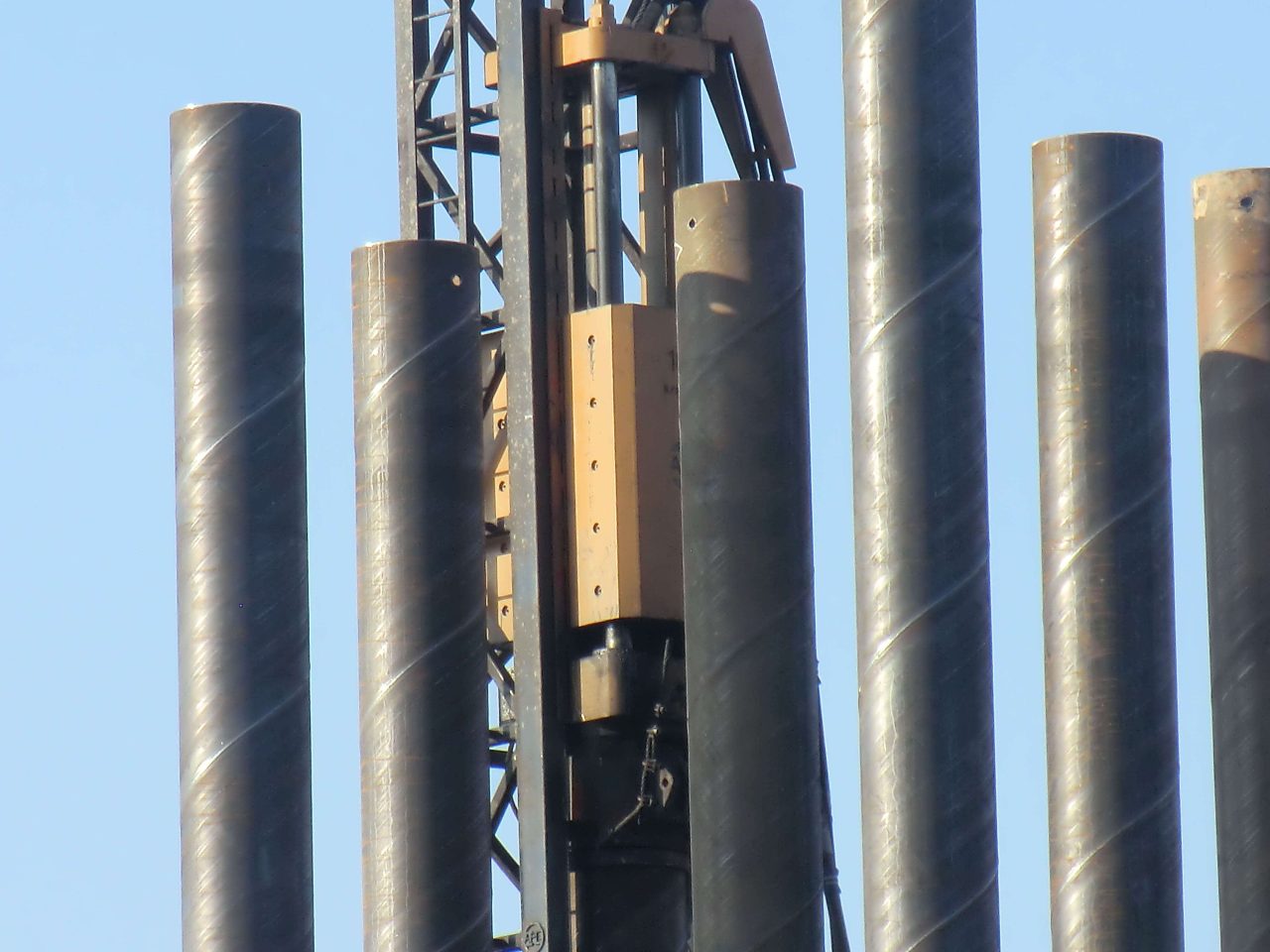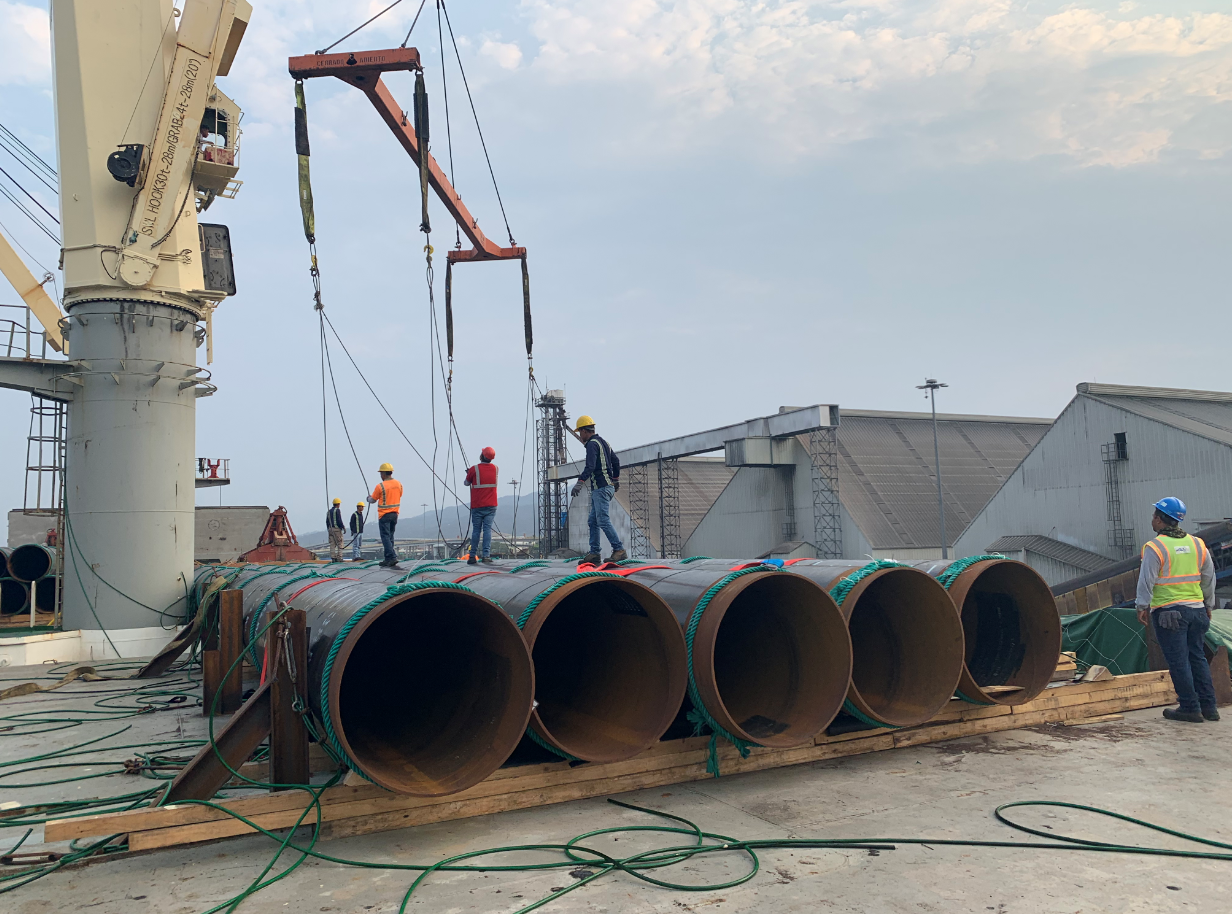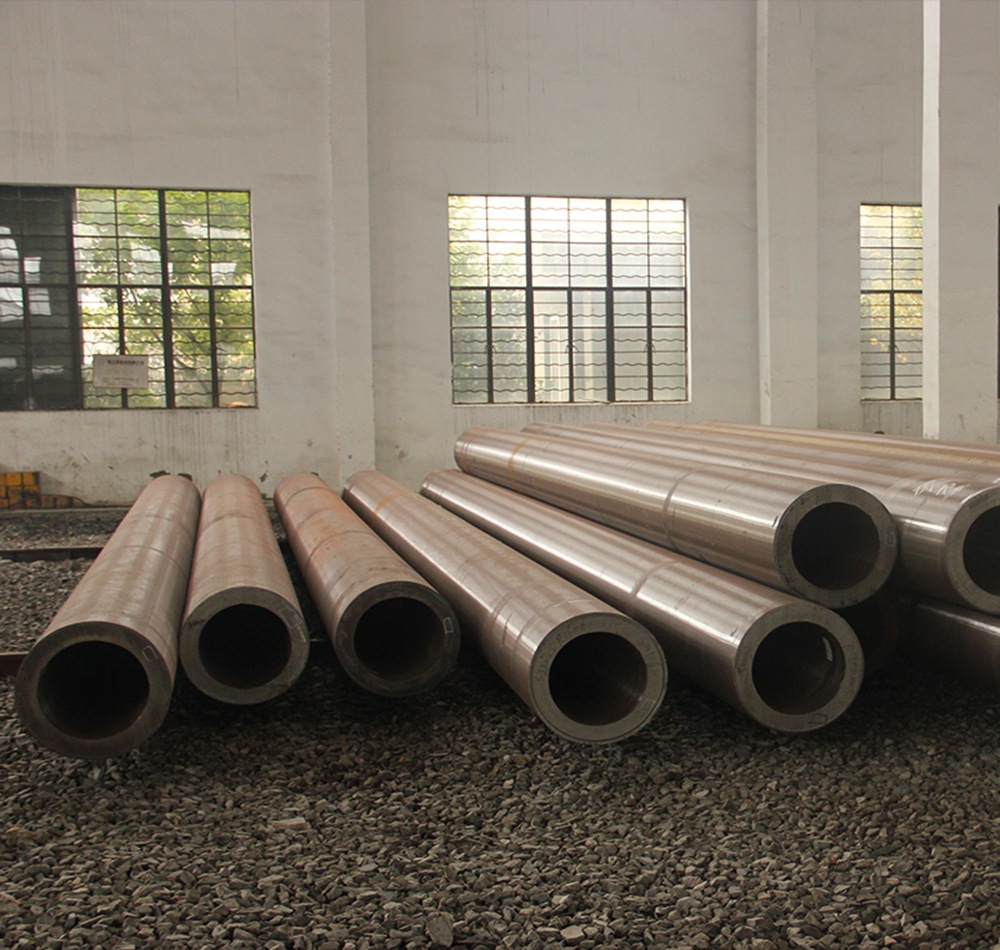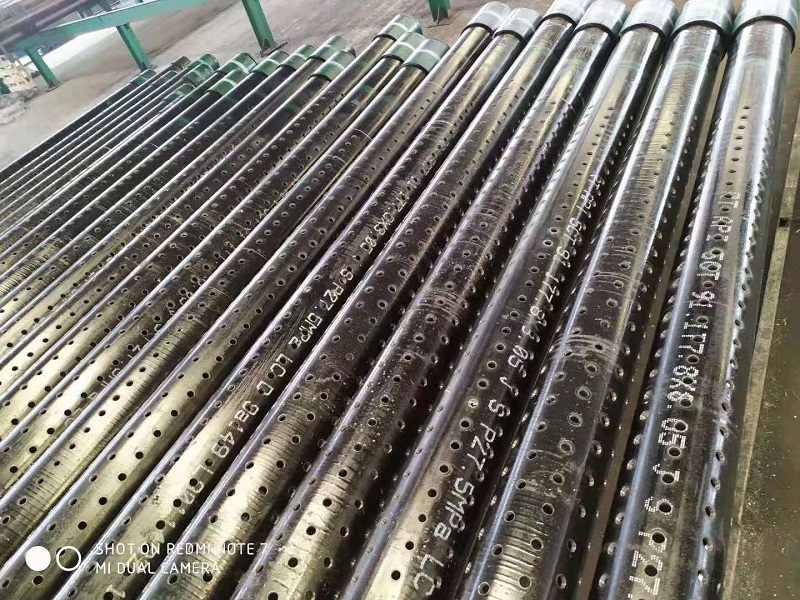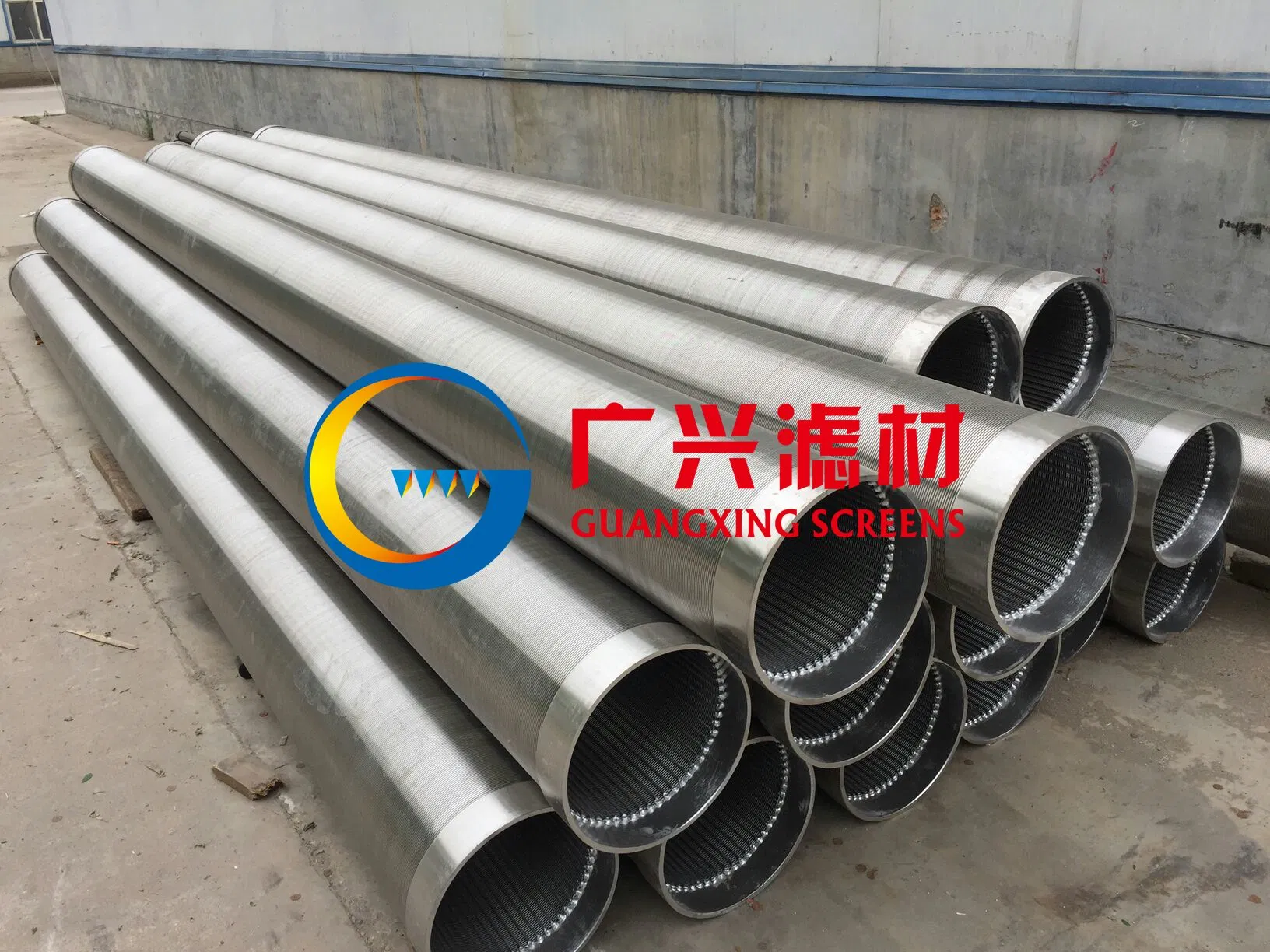Fluid-conveying seamless pipes are designed to resist various types of corrosion depending on the material used and the specific application. Some of the most common types of corrosion that these pipes are designed to resist include:
-
- Uniform corrosion: This is the most common type of corrosion, where the entire surface of the pipe corrodes uniformly. To resist this type of corrosion, pipes are often made of corrosion-resistant materials, such as stainless steel or lined with protective coatings.
- Galvanic corrosion: This occurs when two dissimilar metals are in contact with each other in the presence of an electrolyte, leading to the corrosion of the more active metal. To prevent galvanic corrosion, pipes can be made of similar metals, or they can be isolated from each other using insulating materials or coatings.
- Pitting corrosion: Pitting is a localized form of corrosion that occurs when small areas on the pipe’s surface become more susceptible to attack, leading to the formation of small pits. This type of corrosion can be prevented by using materials with high pitting resistance, such as stainless steel alloys with added molybdenum, or by applying protective coatings.
- Crevice corrosion: Crevice corrosion occurs in narrow spaces or gaps between two surfaces, such as between a pipe and a flange or a pipe and a support. This type of corrosion can be mitigated by using corrosion-resistant materials, minimizing crevices in the pipe design, or applying protective coatings to seal the crevices.
- Stress corrosion cracking (SCC): SCC occurs when a susceptible material is exposed to a corrosive environment and tensile stress simultaneously. To prevent SCC, pipes can be made of materials with high resistance to stress corrosion, or they can be designed to minimize tensile stress.
- Erosion-corrosion: This type of corrosion occurs when the combined effects of erosion (due to fluid flow) and corrosion (due to chemical reactions) lead to material loss from the pipe’s surface. To resist erosion-corrosion, pipes can be made of materials with high erosion resistance, such as high-alloy stainless steels or lined with erosion-resistant coatings.
- Microbiologically influenced corrosion (MIC): MIC is caused by the presence of microorganisms that produce substances that can corrode the pipe material. To resist MIC, pipes can be made of materials with high resistance to microbiological attack, treated with biocides, or designed to minimize the accumulation of microorganisms.
The choice of material and protective measures for fluid-conveying seamless pipes depends on the specific application, the type of fluid being conveyed, the operating conditions, and the potential for exposure to various forms of corrosion.

